Home>Gardening & Outdoor>Outdoor Structures>How High Should A Shed Be Off The Ground
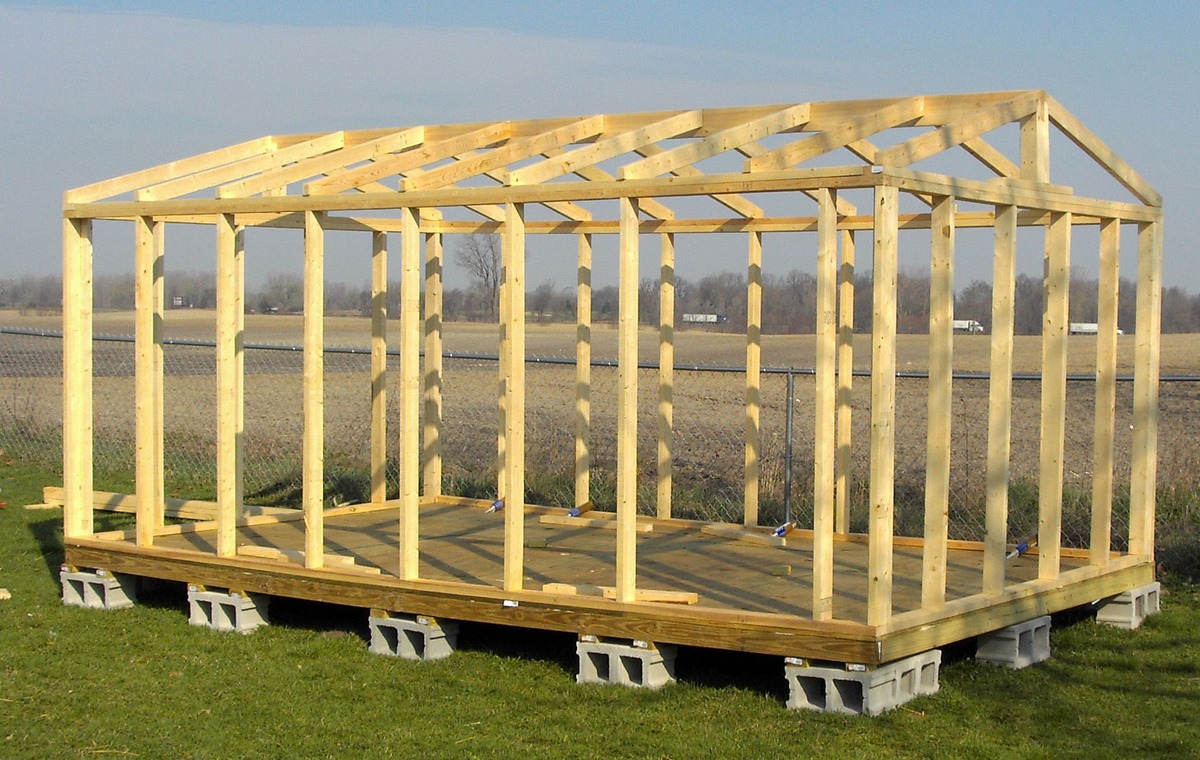

Outdoor Structures
How High Should A Shed Be Off The Ground
Modified: February 18, 2024
Discover the ideal shed height from the ground for your outdoor structures. Learn how to elevate your shed for optimal durability and protection.
(Many of the links in this article redirect to a specific reviewed product. Your purchase of these products through affiliate links helps to generate commission for Storables.com, at no extra cost. Learn more)
Introduction
Building a shed can be an exciting and rewarding project, but before you embark on this endeavor, it's crucial to consider various factors to ensure the structure's stability, longevity, and functionality. One of the key decisions you'll need to make is determining the height at which the shed should be positioned off the ground. This seemingly simple aspect can significantly impact the shed's overall performance and durability. In this comprehensive guide, we'll delve into the essential factors to consider when deciding how high a shed should be off the ground, explore the recommended height for optimal functionality, and touch upon pertinent building codes and regulations. Whether you're a seasoned DIY enthusiast or a novice builder, understanding these considerations will empower you to make informed decisions and set the stage for a successful shed construction project.
Key Takeaways:
- Elevating a shed off the ground helps with drainage, ventilation, and pest control. It also ensures accessibility and stability, making it a crucial decision for a successful shed construction project.
- Consider local building codes and regulations when deciding the shed’s height. Adhering to these standards ensures safety, compliance, and peace of mind for a resilient and functional shed.
Read more: How High Should A Hammock Be Off The Ground
Factors to Consider
When determining the height at which a shed should be positioned off the ground, several crucial factors come into play. Understanding and carefully considering these elements will help you make an informed decision that aligns with your specific needs and the shed’s intended use.
- Drainage: Proper drainage is essential to prevent water accumulation around and beneath the shed. By elevating the shed to an adequate height, you can mitigate the risk of water damage and potential flooding during heavy rainfall or snowmelt.
- Ventilation: Adequate airflow beneath the shed is vital to prevent moisture buildup, which can lead to rot, mold, and pest infestations. Elevating the shed allows for improved ventilation and helps safeguard its structural integrity.
- Accessibility: Consider how the shed’s height will impact its accessibility. If you plan to store large equipment or machinery, ensuring sufficient clearance beneath the shed will facilitate easy maneuverability and retrieval of items.
- Landscaping and Slope: Assess the terrain and slope of the installation site. Depending on the landscape, you may need to elevate the shed to achieve a level foundation, promote stability, and accommodate the natural contours of the land.
- Pest Control: Raising the shed off the ground can serve as a deterrent to pests and rodents, reducing the risk of infestations and damage to the structure and its contents.
- Foundation Type: The type of foundation you plan to use, such as concrete slab, gravel, or skids, will influence the ideal height for the shed. Different foundation materials and methods may necessitate varying clearance requirements.
By carefully evaluating these factors in the planning stages, you can make informed decisions about the optimal height for your shed, setting the stage for a successful and enduring structure.
Recommended Height
While the ideal height for a shed off the ground can vary based on specific circumstances and preferences, there are generally accepted recommendations to guide this decision-making process.
For sheds with a solid foundation, such as a concrete slab or pavers, a minimum clearance of 4 to 6 inches is often recommended. This elevation facilitates adequate ventilation, prevents direct contact with the ground, and helps protect the structure from moisture-related issues.
When considering the overall height, it’s essential to account for the shed’s intended use and the items it will house. For instance, if you plan to store lawn mowers, bicycles, or other tall equipment, ensuring sufficient clearance beneath the shed is imperative for easy access and maneuverability.
Additionally, if your region experiences heavy snowfall, elevating the shed to a height that prevents snow accumulation around the base can help safeguard the structure and its contents during winter months.
It’s important to note that these recommendations serve as general guidelines, and specific circumstances, such as local climate, terrain, and building codes, may warrant adjustments to the recommended height. Therefore, consulting with local building authorities or a structural engineer can provide valuable insights tailored to your location and shed requirements.
By adhering to these recommendations and considering the unique factors influencing your shed project, you can determine the optimal height that promotes functionality, durability, and long-term satisfaction with your shed.
A shed should be at least 4 inches off the ground to prevent moisture damage. Use concrete blocks or pressure-treated lumber to elevate the shed.
Building Codes and Regulations
Before finalizing the height at which your shed will be positioned off the ground, it’s imperative to familiarize yourself with the relevant building codes and regulations in your area. Building codes are established to ensure structural safety, environmental compliance, and community standards. These regulations often include specifications regarding the construction, placement, and elevation of outbuildings such as sheds.
Local municipalities and jurisdictions typically have specific requirements pertaining to shed construction, including minimum clearances from property lines, neighboring structures, and easements. Additionally, some regions may have guidelines addressing the elevation of sheds in flood-prone areas to mitigate potential water damage and ensure overall safety.
When it comes to the height of a shed off the ground, building codes may stipulate minimum and maximum clearances to adhere to for compliance. These regulations are designed to promote structural integrity, proper ventilation, and safety considerations.
Engaging with local building authorities or obtaining professional guidance from a licensed contractor or structural engineer can provide invaluable insights into the specific building codes and regulations governing shed construction in your area. By proactively addressing these requirements, you can ensure that your shed project aligns with legal standards and is positioned at an appropriate height in accordance with local regulations.
By adhering to building codes and regulations, you not only promote the safety and longevity of your shed but also contribute to the overall integrity and aesthetics of your property while avoiding potential legal complications associated with non-compliance.
Conclusion
Deciding how high a shed should be off the ground is a pivotal consideration that encompasses various practical and regulatory aspects. By carefully evaluating factors such as drainage, ventilation, accessibility, landscaping, and foundation type, you can determine the optimal height that aligns with your specific needs and the shed’s intended use. Elevating the shed to an appropriate height not only enhances its functionality but also contributes to its longevity and resilience against environmental factors.
When establishing the recommended height for your shed, it’s essential to consider the specific requirements dictated by your local building codes and regulations. Adhering to these standards ensures that your shed project complies with legal and safety guidelines, promoting peace of mind and mitigating potential issues associated with non-compliance.
Ultimately, the height at which a shed should be positioned off the ground is a multifaceted decision that warrants careful consideration and informed deliberation. Whether you’re embarking on a DIY shed construction project or seeking professional assistance, integrating these considerations into your planning process sets the stage for a successful and enduring structure that meets your functional needs while aligning with regulatory standards.
By leveraging these insights and engaging with local authorities or construction professionals as needed, you can confidently navigate the decision-making process and embark on a shed construction journey that culminates in a resilient, functional, and compliant addition to your property.
Remember, the height of your shed off the ground is not just a physical dimension; it’s a critical element in creating a structure that stands the test of time and serves your needs effectively.
Frequently Asked Questions about How High Should A Shed Be Off The Ground
Was this page helpful?
At Storables.com, we guarantee accurate and reliable information. Our content, validated by Expert Board Contributors, is crafted following stringent Editorial Policies. We're committed to providing you with well-researched, expert-backed insights for all your informational needs.

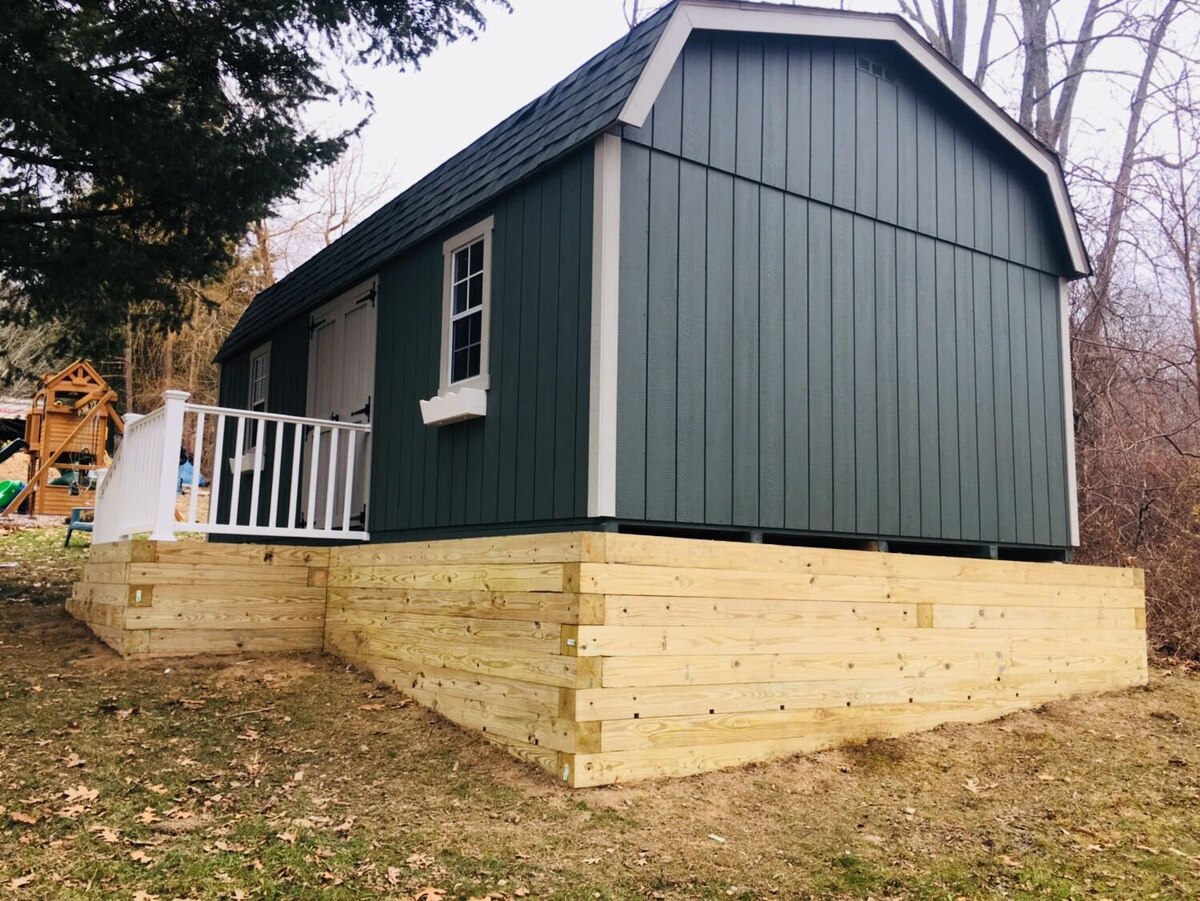
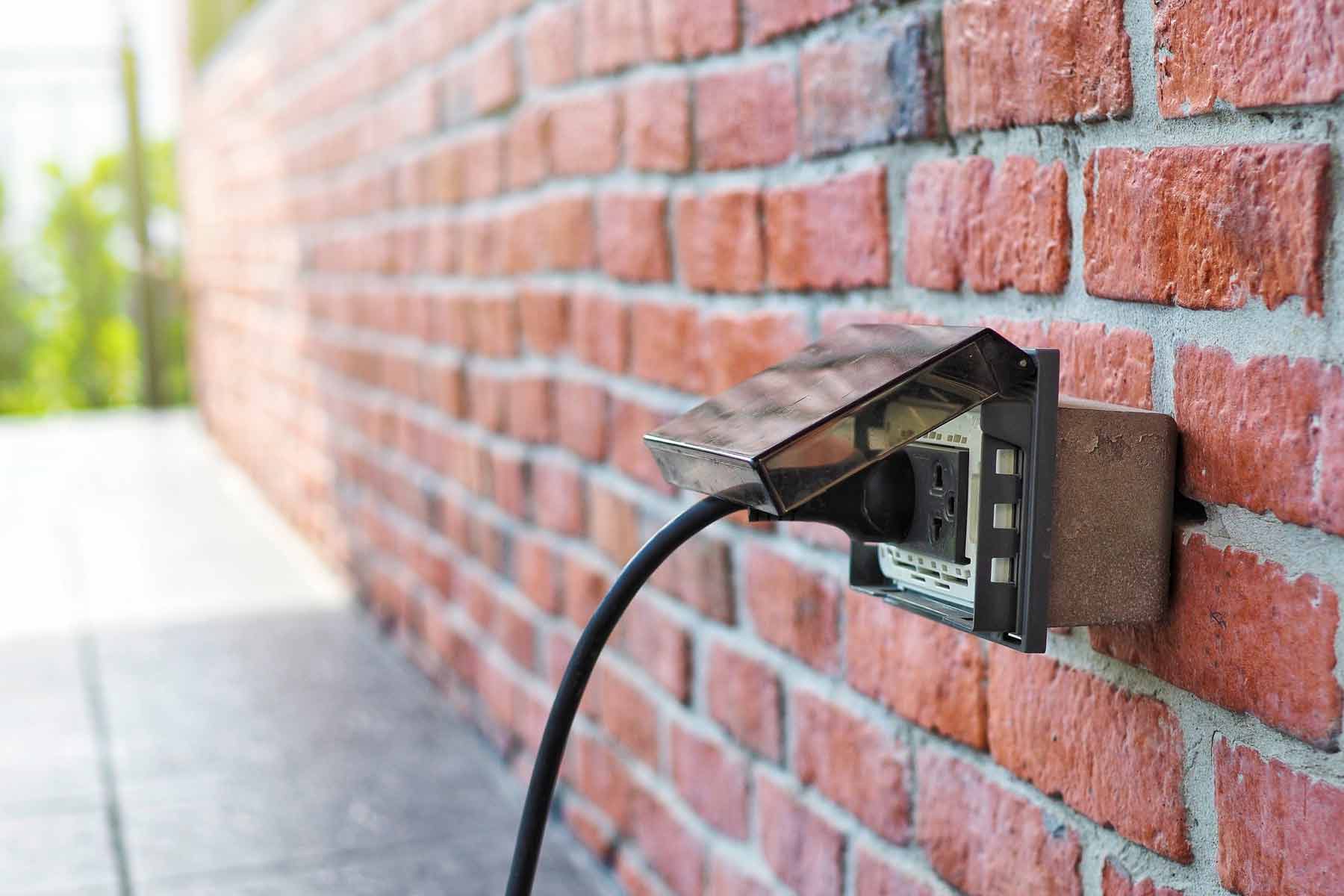



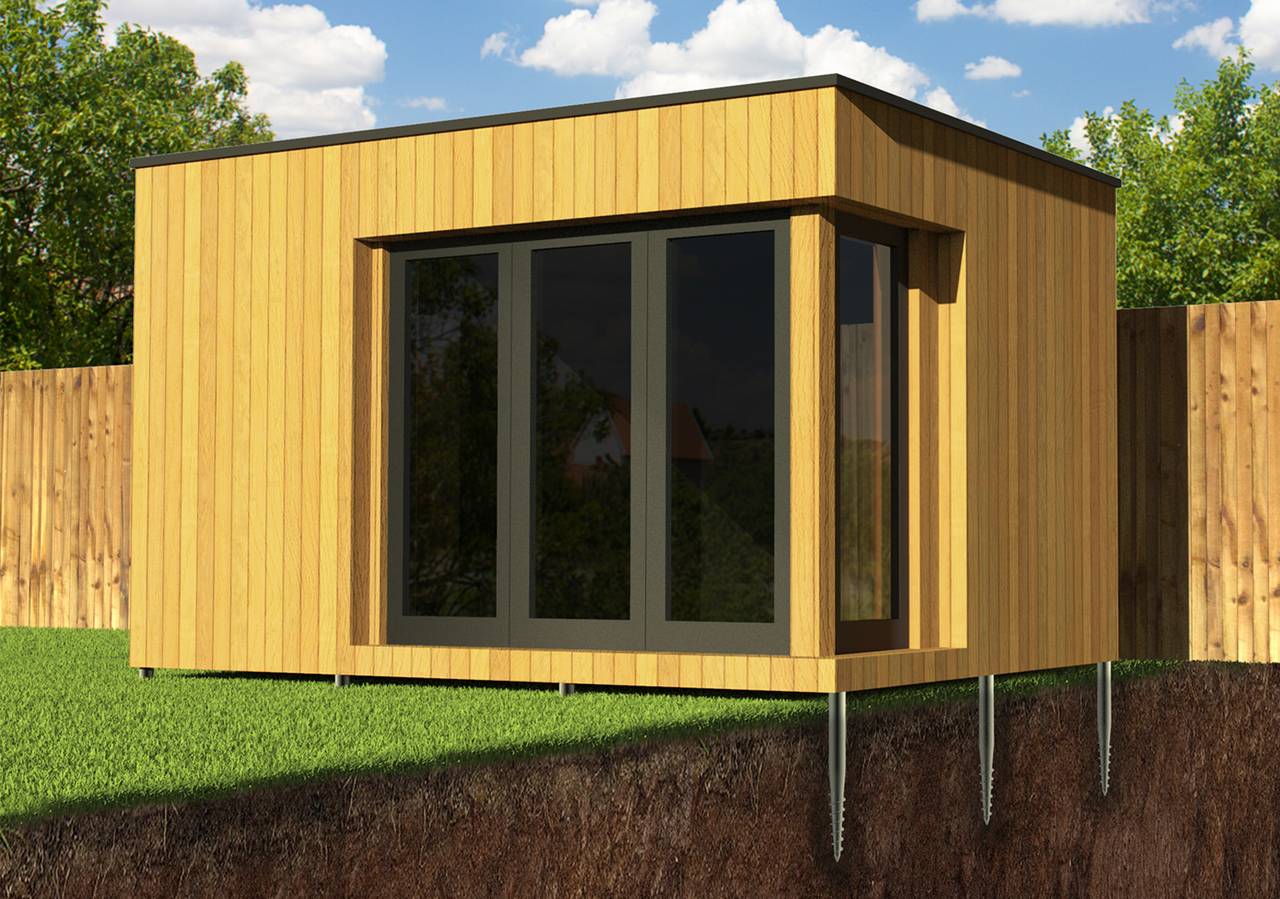
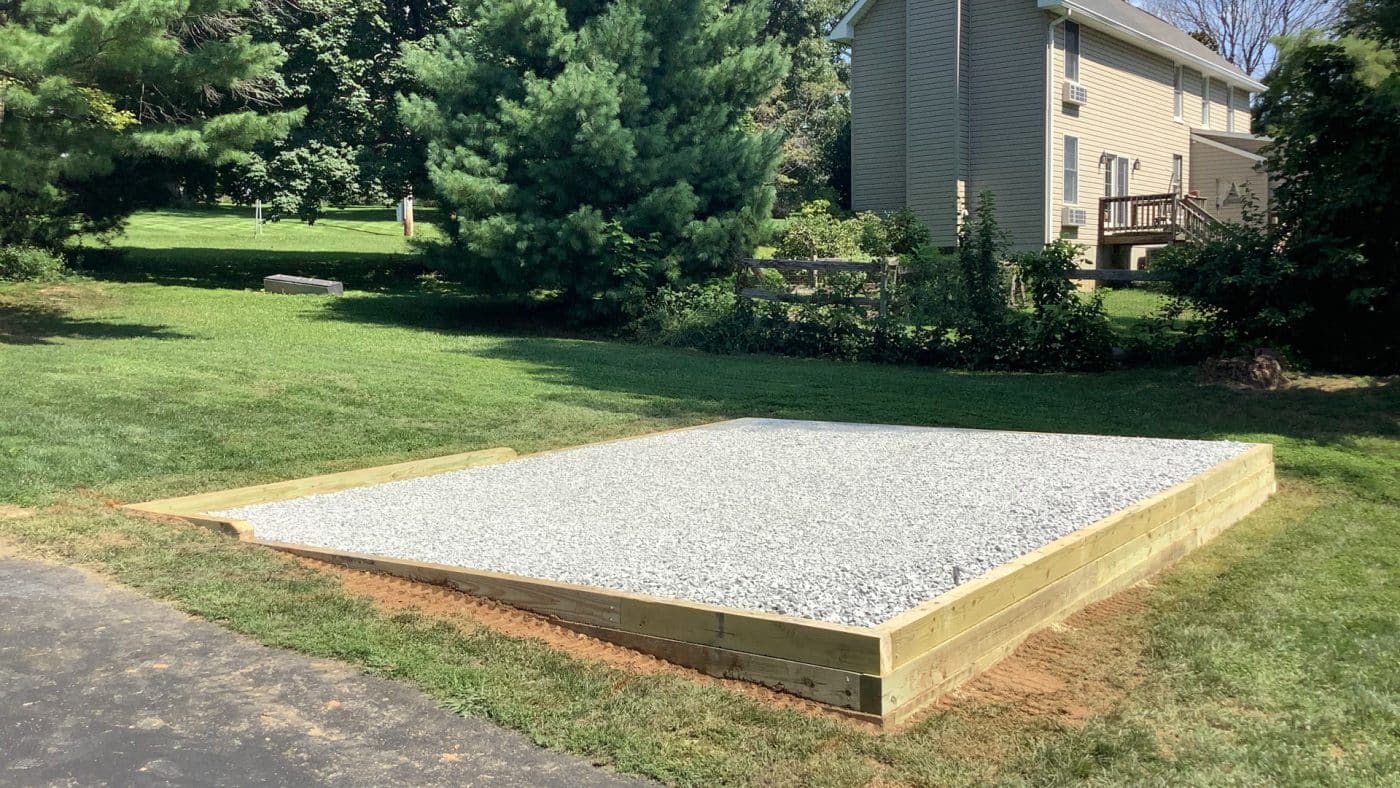
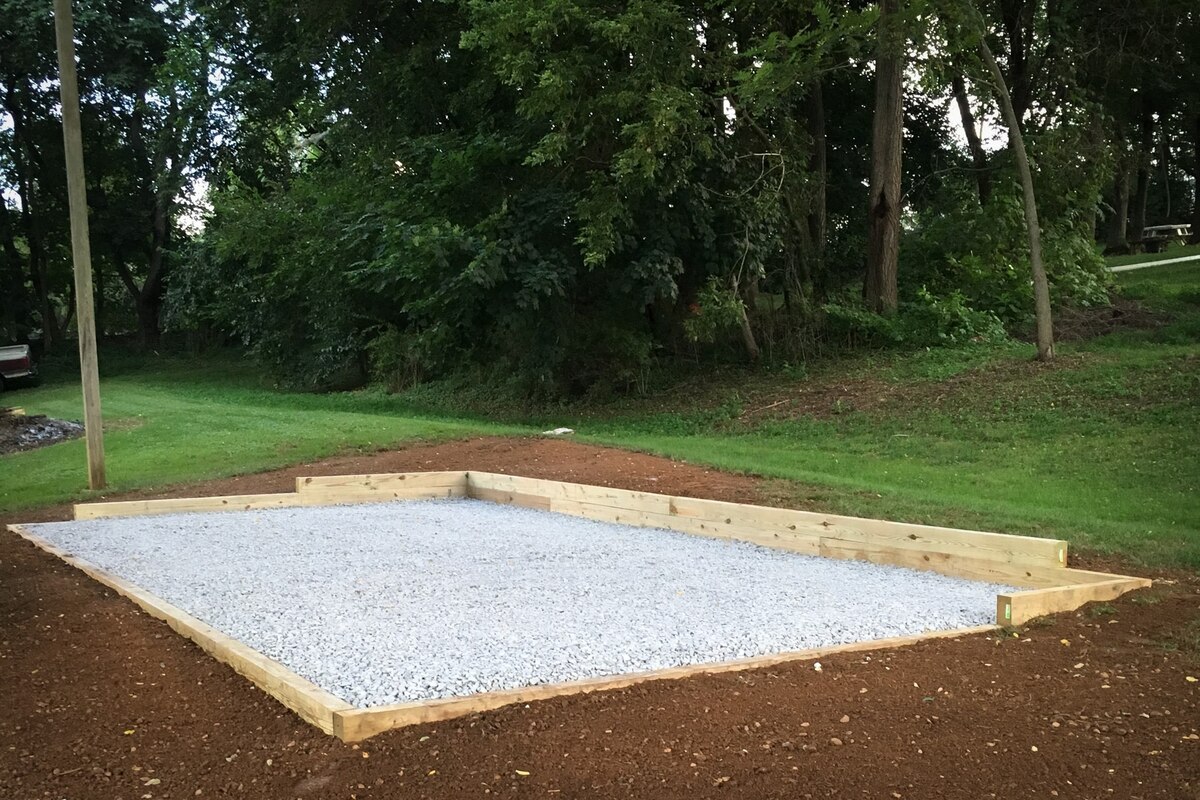



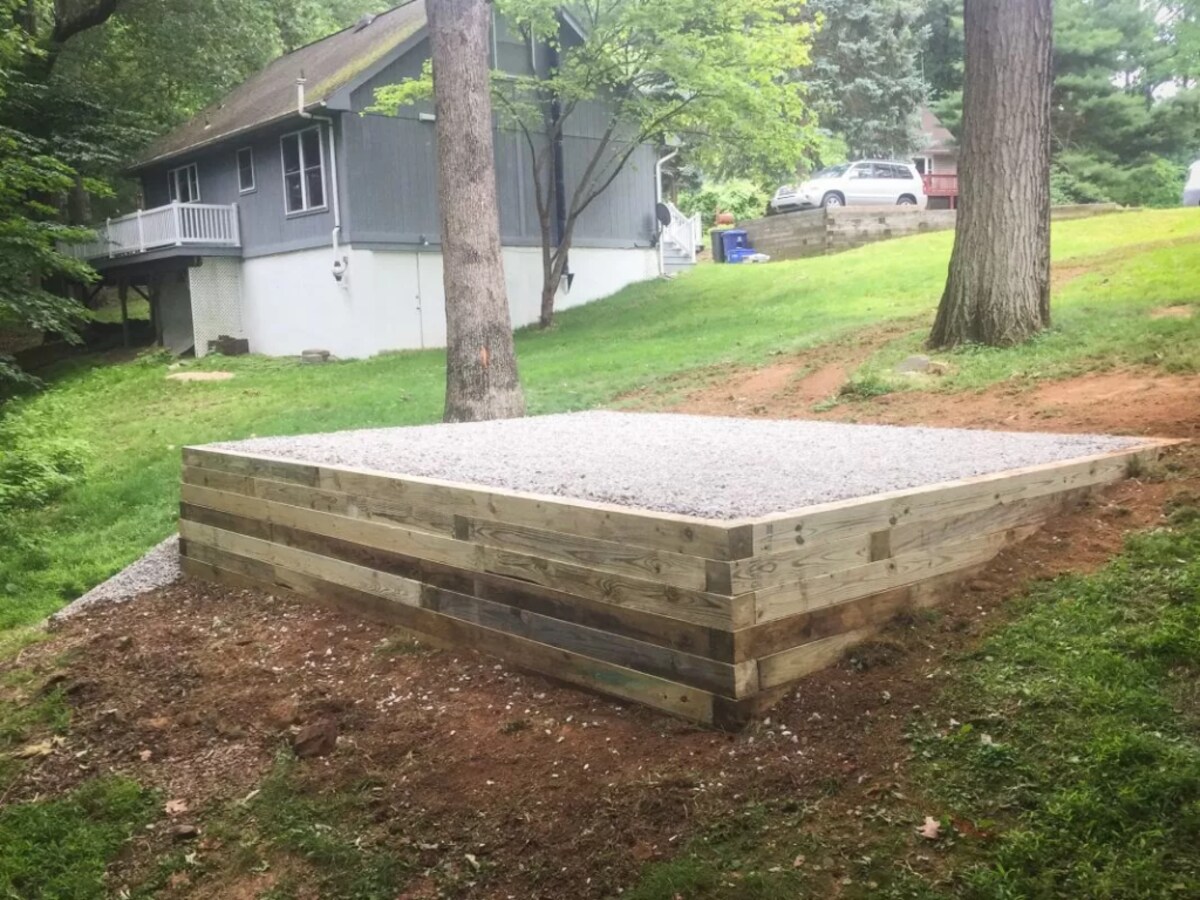
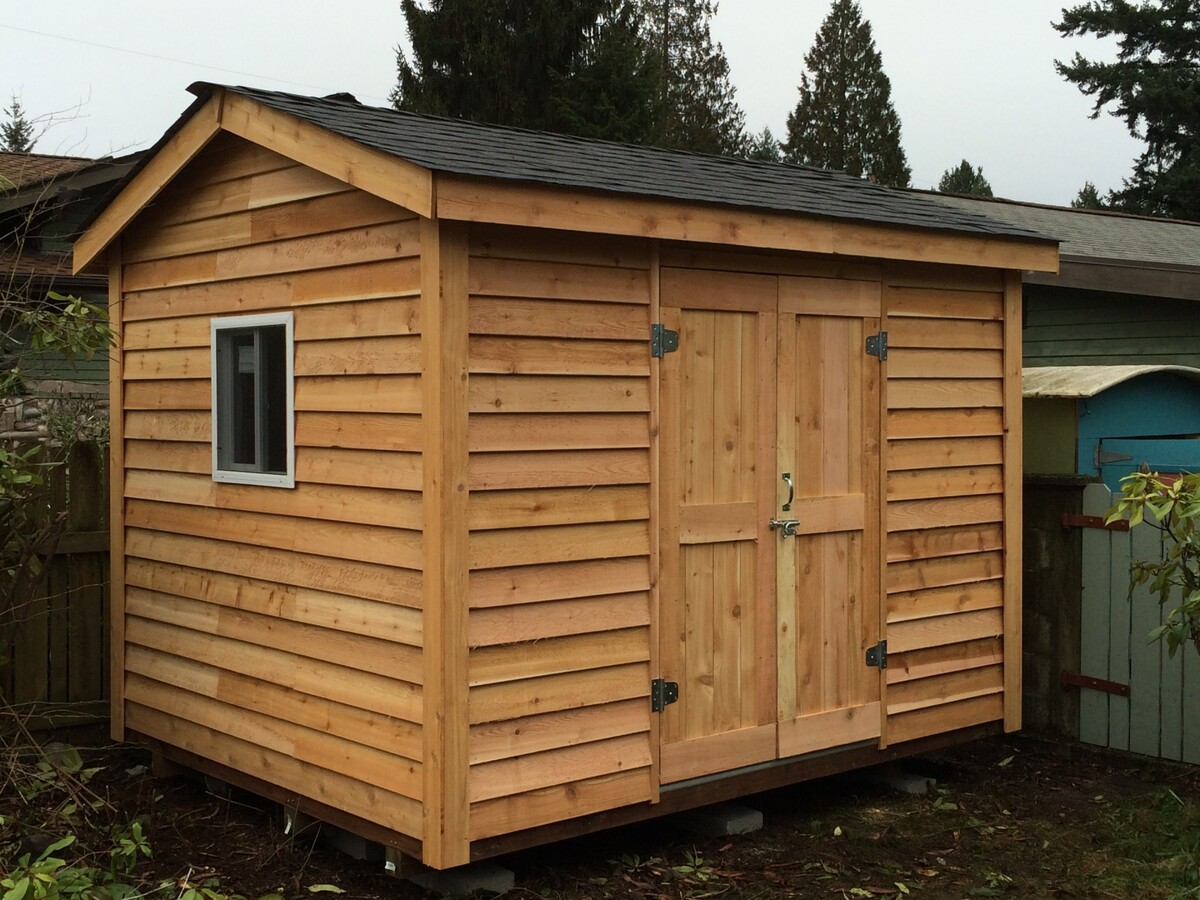


0 thoughts on “How High Should A Shed Be Off The Ground”